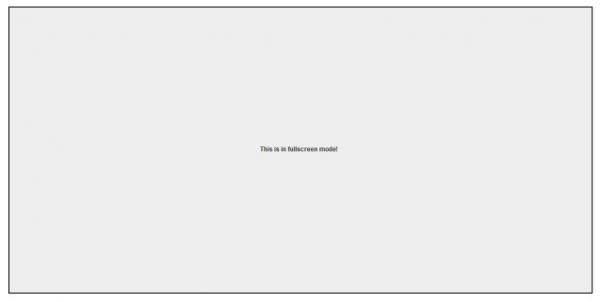
 Data Structure
Data Structure Networking
Networking RDBMS
RDBMS Operating System
Operating System Java
Java MS Excel
MS Excel iOS
iOS HTML
HTML CSS
CSS Android
Android Python
Python C Programming
C Programming C++
C++ C#
C# MongoDB
MongoDB MySQL
MySQL Javascript
Javascript PHP
PHP
- Selected Reading
- UPSC IAS Exams Notes
- Developer's Best Practices
- Questions and Answers
- Effective Resume Writing
- HR Interview Questions
- Computer Glossary
- Who is Who
How to set fullscreen mode for Java Swing Application?
To set fullscreen mode for your Java Swing application, use the setFullScreenWindow() method:
GraphicsDevice device = graphics.getDefaultScreenDevice();
JFrame frame = new JFrame("Fullscreen");
device.setFullScreenWindow(frame);
The following is an example to set fullscreen mode for Java Swing Application:
Example
import java.awt.Color;
import java.awt.GraphicsDevice;
import java.awt.GraphicsEnvironment;
import javax.swing.JFrame;
import javax.swing.JLabel;
import javax.swing.JPanel;
public class SwingDemo {
public static void main(String[] args) {
GraphicsEnvironment graphics =
GraphicsEnvironment.getLocalGraphicsEnvironment();
GraphicsDevice device = graphics.getDefaultScreenDevice();
JFrame frame = new JFrame("Fullscreen");
JPanel panel = new JPanel();
JLabel label = new JLabel("", JLabel.CENTER);
label.setText("This is in fullscreen mode!");
label.setOpaque(true);
frame.add(panel);
frame.add(label);
frame.setUndecorated(true);
frame.setResizable(false);
device.setFullScreenWindow(frame);
}
}
The output is as follows that displays the application in FullScreen:
Output


Advertisements
